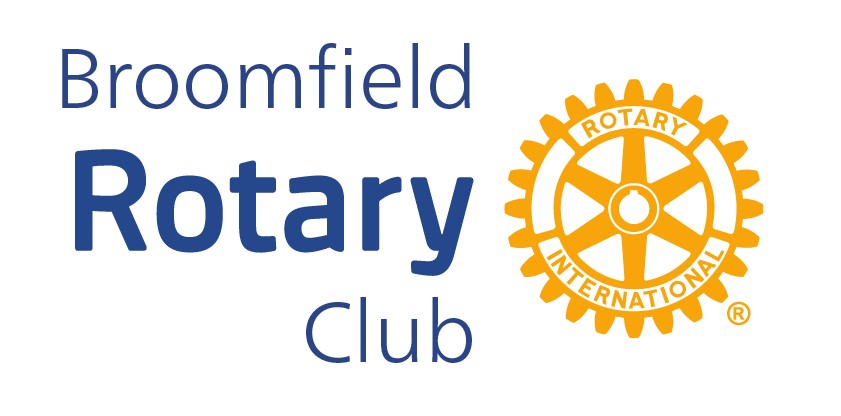When I first wrote about the community involvement with Bal Swan, I was unaware of some of the original history. I think you will find it heartwarming to learn about the role our fellow Rotarian, Bill Markel, played. Bill is now in his 90s and still lives in Broomfield with his wife, Jean. He was the first family doctor in Broomfield, delivering many babies, stitching up many kids, and treating the ills and conditions of this small community.
In the 1960s, Broomfield had about 6,000 people with stay-at-home moms and only one car per family. Moms often walked their babies after their afternoon nap through the neighborhood. There were no texting or cell phones; it was just a way for us to meet each other and share our lives, joys, and hurts.
On this day, as I walked with my son Carl, I met my neighbors deep in discussion at the corner of 2nd and Coral. The discussion revolved around what a few of these mothers were going to do with their newborns who had Down Syndrome. Bill and Jean lived on Coral Street near these mothers at that time.
According to Anne Hoffman, who provided me with this information, Bill met with the parents of eight children to discuss a different way to raise these children. He aimed to find a location, a director, and a program to help develop the motor skills and mental skills of this group of eight children. The alternative was to do the best they could as parents by keeping them home or sending them to Ridge Home and making them wards of the state. These were difficult decisions for young families.
Bill asked his part-time nurse, Ann Hoffman, who had nursing and educational degrees, if she would head up this new concept of a school. Initially, this fledgling school was called the Broomfield Foundation for Retarded (Exceptional) Children. Located at the cottage school on the corner of 8th and Kohl, the program began running from 10 AM to 2 PM each day. Anne explained to me that they followed ‘the pattern of therapy program’ to develop the children’s physical and mental growth.
There were many community volunteers, including boys’ and girls’ parents and other organizations. Some mothers would bring their own children when they volunteered, lacking babysitters. To everyone’s surprise, these children began to interact with the disabled children. The staff found that the students were more receptive to learning from their peers than from the staff. A new concept of teaching began with children helping each other, a technique that is widely used today in many mainstream schools.
This small community of 6,000 residents took these little ones into their hearts. Volunteers showed up each day to massage and exercise their limbs and softly speak to them. This began to give the children confidence so they were not fearful of being touched and spoken to by a variety of people.
I must also give credit once again to Frank Grey, who during the summer months cradled these children in his arms as he introduced them to water at the Broomfield swim and tennis club.
One of the earliest volunteers was Malene Putnam. After Anne Hoffman had the school up and running, Marlene took over in its third year of operation. She was the director for many years until her retirement. The program grew to 15 children who may have otherwise been sent to Ridge Home and become wards of the state.
Two young boys, whom Anne recalled were Robbie Hallen and Dennis Carber, attended the Bal Swan School. Robbie’s family lived on Coral Way at the time, across from the Markels. We discussed one of their children on a late sunny day in Broomfield. We have no information on Robbie. As Anne shared the story of Dennis, I realized that one should never give up hope on a person who initially does not fit into our society. According to Anne, Dennis was nonverbal and had few interactions with people. Through the Pattern Therapy program, he made small progress. But it was progress. When he was too old for Bal Swan School, he went to Laradon Hall. He grew in his development, to the point of being a leader of young men. His duty was to oversee this group doing assembly line work. This was not just busy work for these young men, it was the assembling of nose cones for the space industry. What a contribution they made. I have always believed Broomfield found solutions to the needs of others with kindness and dedication. I think this is a wonderful example of the heart of the people, especially of our friend Bill Markel. He was the leader that implemented the success of this school.
Thank you, Bill.
